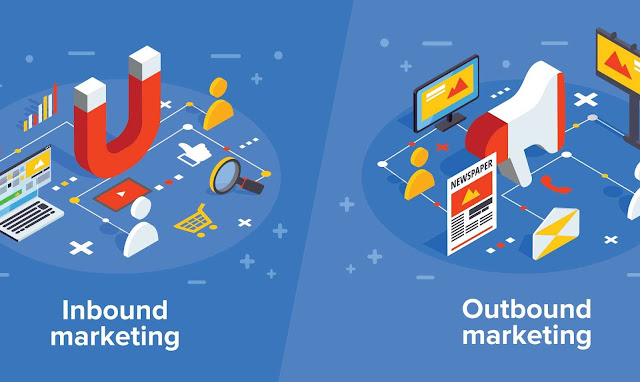As a company’s meet-and-greet function, marketing’s most important job is to identify, engage with and convert customers into valuable assets that create long-term cash streams. This role has been upended during COVID-19. Marketers have had to rethink their strategies in an era of homebound customers, social distancing, and an unpredictable environment that has forced many companies into crisis management.
Against this backdrop, The CMO Survey conducted a Special COVID-19 Edition, asking marketing leaders at U.S. for-profit companies to share their survival strategies, KPIs, and predictions about the future. What emerged was surprising: While marketers acknowledge the present challenges, they also spot emerging bright spots. In fact, most marketers agree that the marketing strategies they have developed and used during the COVID-19 pandemic will be important opportunities for their companies over the long term (5.6 out of 7). We share the most surprising (and missed) strategies—and missed opportunities— from the survey below.
1. Customers prioritize trusted relationships
Marketers identify trusted relationships as customers’ highest priority over the next 12 months. Impressively, the highest percentage of marketers expect customers to focus more on “trusting relationships” than “low price”, despite the economic downturn. This is not a fluke: Customers’
focus on trusting relationships has increased by 47% since this question was first asked in 2009.

This finding represents a significant opportunity for brands to try new products, services or go-to-market models on willing customers who trust their brand and are less price-sensitive than before. When asked which consumer behaviors they had observed during the pandemic, only 43.3% note an unwillingness to pay full price while just 24.9% note weaker loyalty levels. Furthermore, marketers believe that willingness to pay full price will return to normal levels over the next six to 12 months. The strength of a trusting relationship may lie, in part, in the company’s corporate social responsibility (CSR) initiatives and 79.1% of marketers believe that customers are monitoring their social activism, outreach and investments during the pandemic. The challenge for marketers is to exercise this trust opportunity to create brand attachment that delivers purchases for the company into the future.
2. Online and digital bets pay off
Online sales have grown to the highest level in The CMO Survey history. They now constitute 19.3% of sales—a 43% increase over just three months ago. Small companies (those with fewer than 500 employees) are taking advantage of selling online, with ecommerce accounting for 26.1% of sales.
Marketers view these outcomes as reflecting customers’ openness to digital offerings (85% agree) and digital experiences (84% agree). Importantly, marketers expect this increased focus on digital to be a permanent shift from pre-pandemic days. As a result, marketers are adjusting their offerings and pivoting their businesses to meet these new expectations and opportunities. Some 60.8% indicate they have shifted resources to building customer-facing digital interfaces and 56.2% are transforming their go-to-market business models to focus on digital opportunities.
The rest of the C-suite appears to support ongoing digital marketing investments. Even as marketing budgets are shrinking, marketers still expect an 8.4% increase in digital marketing spending over the next year. The challenge for marketers is how to use their digital dollars wisely to impact the customer experience. They seem to understand this, as CX expenditures as a percent of marketing budgets increased 10% over the last three months.
3. Marketers do more with lower headcount
Some 62.3% of marketers report that marketing has become more important during COVID-19, reflecting the focus on using digital tools and interfaces to connect with customers. Pointing to marketing’s priority during this period, marketing budgets as a percent of firm budgets (12.6%) and revenues (11.4%) have reached all-time CMO Survey highs, even though many companies are experiencing diminishing revenues. However, 9% of marketing jobs have been lost, leaving marketing departments to do more with fewer people.

This is expected to continue into the next year, with planned marketing hiring dropping to the lowest point in CMO Survey history and going negative for the first time ever (-3.5%). These leaner marketing organizations have shifted their focus during the pandemic to important strategic activities. The challenge for marketers is to maintain their momentum as they continue to stretch their resources.
4. Marketers learn pivot lessons
When asked, “To what degree was marketing prepared to face the pandemic and its economic impact?” (on a scale of one meaning there was no plan and seven meaning there was a strong plan in place), marketing leaders admit that preparation was not a strength. Scores average 3.8 with 43% rating their preparedness between one and three. Respondents said that they improvised to generate new strategies during the pandemic (average 5.6 out of 7, with seven meaning a great deal).
This need has not been easily forgotten as marketers rate the ability to pivot as new priorities emerge as the highest-ranked skill that they will look for in future talent hires, followed by creativity and innovation skills and navigating ambiguity. Interestingly, highly touted marketing skills, such as a data science background and MarTech platform experience lag these pivot and innovation skills.
At the same time, marketers know that pivoting, agility and navigating ambiguity are challenging soft skills to learn in “normal” business contexts. Companies should consider the pandemic an opportunity to exercise development in this area. To do so, marketing training budgets will need a fresh look, given they dropped over the last year from 5.8% of marketing budgets to 4.4%. Marketers may also need to look to these internal groups to develop strong curriculums or put pressure on business schools to beef up their curricular offerings and noncurricular activities to foster these important skills. The challenge for marketers will be to maintain this pivot-ready mindset among their teams once things calm down.
Tech may be a good sector to study, as this industry improvised more than most. Several distinctive strategies stand out: Tech companies conducted rapid research with customers (82%) and performed website analytics (71%)—higher than any other sector. Tech companies also turned to employees to generate new product and service ideas at high rates (62%—only the education sector was higher).
Author: Christine Moorman, Lauren Kirby, Torren McCarthy and Brittney Shkil
Quoter: Việt Hoàng


 Tiếng Việt
Tiếng Việt